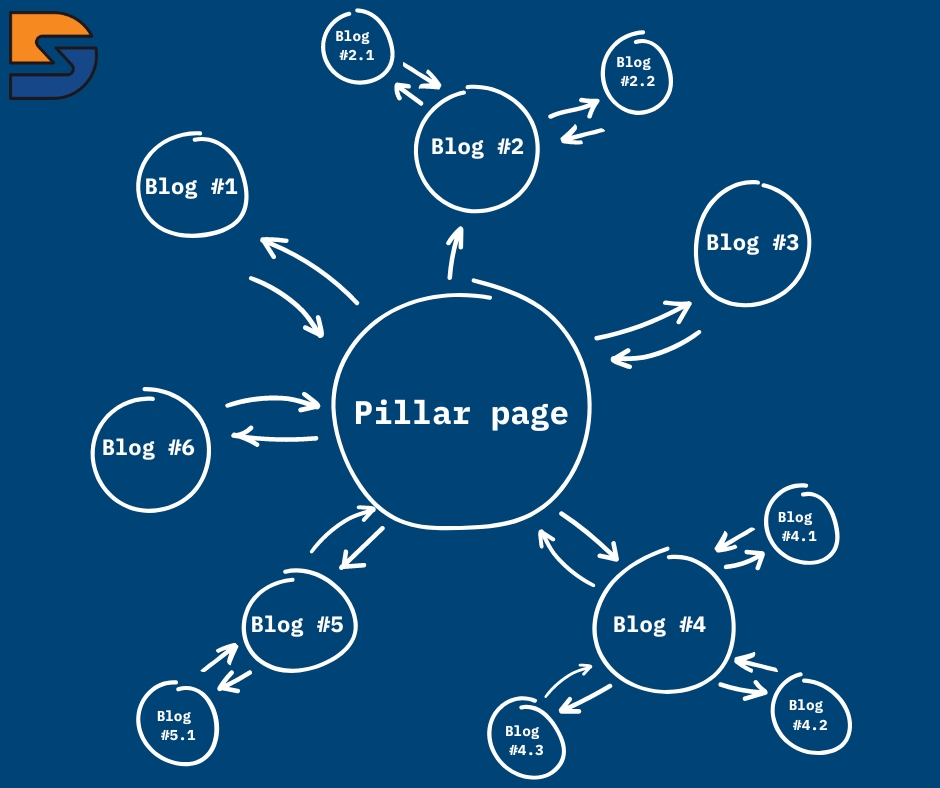A confused mind doesn’t buy.
Getting traffic to your site is difficult. An unorganized site makes it even more difficult.
You want to avoid a confused user experience but don’t know how to organize your website.
Imagine being a user trying to find relevant content on your website cluttered with information. Now imagine the joy of finding exactly what you need with ease, all thanks to a smartly organized site using taxonomies.
Do you see the difference in the potential impact of both scenarios on the end user?
By the end of this issue, you will be able to:
- Learn to organize the site for better UX
- Understand the concept of taxonomies
- Understand crawling & how taxonomies can help
Taxonomies are the small changes that can help you reduce bounce rates, increase engagements, sales, or any business goal for that matter.
There’s a saying in SEO space, “Write for humans, edit for search engines”, and the same applies to organizing the site as well. A disorganized site is a bottleneck for SEO as well. Search engines will struggle to find, crawl, and hence index content.
The SEs will not understand the relevance between pages, let alone rank. If you’re struggling to rank your web pages for target keywords, site structure is something I’d recommend focusing on.
Imagine a site structure that naturally lands users on the exact page they’re looking for. Sure the search engines (& internal search) can help, but the site won’t organize itself.
If organizing information was that easy, Google wouldn’t be a trillion-dollar company today. Organizing is challenging & daunting.
Here are simple steps to organize your site for better UX & crawlability:
Step 1: Clearly define categories
Imagine you’re a librarian and one of your job is to organize the books so that the readers who want to borrow books can find them in the right place. Readers visit the library and are least excited to find what they’re looking for.
They don’t want to put too much effort to find the books. How would you approach this problem? You create categories (& sub-categories if needed) to arrange books accordingly. When people look for books or they know exactly where to find them or what to look for.
Do the same for your website. Clearly defining the categories of the content you will be publishing will ensure the users will find the content that they’re looking for in an internal search.
They won’t know if the content is there or not, it’s your job to organize (& optimize accordingly) the content so that it shows up in internal search.
Categories will help users find more content under specific topics they’re interested in and tags will ensure the post they’re looking for appears in the internal search. How simple can this get?
Step 2: Create Hierarchical Taxonomies
This is for the menu you create for your website (the menu will be visible throughout your website). I recommend creating hierarchical taxonomical menus for your website.
This will give you two major advantages:
- The most important pages will be accessible throughout your website
- Search engines will know where to find the most important pages. Bonus points for internally linking the pages.
Site explorers will have more options to go through, increasing the on-page session time.
Step 3: Robust internal linking network
Internal links are unofficially the #1 ranking factor. What else gives you a guarantee that the content that you’re trying to rank can be easily discovered and indexed by search engines?
Implementing strategic internal links throughout your website ensures that search engine crawlers can navigate through your content effectively, boosting your chances of higher rankings and increased visibility.
This requires pre-planning. First, you will need to create topic clusters beforehand. Once all the posts under one common topic are published, you internally link all the pages together.
If you have a pillar page, all the clustered pages should be linked back & forth.

Today’s action step → Try to search for a post internally, what’s the result like? Do you find what you’re looking for?
SEO this week
- Just when ChatGPT dropped the code interpreter, Bing AI took image search to the next level. Know more about Bing Visual Search.
- You can edit code in Rich Results Test to fix markups right there.
- Google is working on AI-enabled tools for News publishers.
- Last month, Google killed Google domains, and now the related search operator is sunsetting.
- Long guide: Evergreen SEO tactics for SMBs
Masters of SEO
- DIY SEO for early-stage startups on a shoe-string budget – Amanpreet Singh
- Content is king. Sure. But why does it fail? Here’s the reason – Liam Fallen
- The Do’s & Don’t of internal linking [a thread] – Nina Clapperton
- SEO skills that can’t be taught – a thread – Lily Ray
- How code interpreter can help with SEO? – a thread – Aleyda Solis
- 4x growth in SEO traffic using ChatGPT – a thread – Julian Goldie SEO
How can I help you?
I put a lot of effort to come up with a single edition of this newsletter. I want to help you in every possible way. But I can do only so much by myself. I want you to tell me what you need help with. You can get in touch with me on LinkedIn, Twitter & Email to share your thoughts & questions that you want to be addressed. I’d be more than happy to help.
Whenever you’re ready to dominate SERPs, here’s how I can help:
- Sit with you 1-on-1 & create a content marketing strategy for your startup. Hire me for consulting
- Write blogs, social posts, and emails for you. Get in touch here with queries (Please mention you found this email in the newsletter to get noticed quickly)
- Join my tribe on Twitter & LinkedIn where I share SEO tips (every single day) & teaser of the next issue of Letters ByDavey

